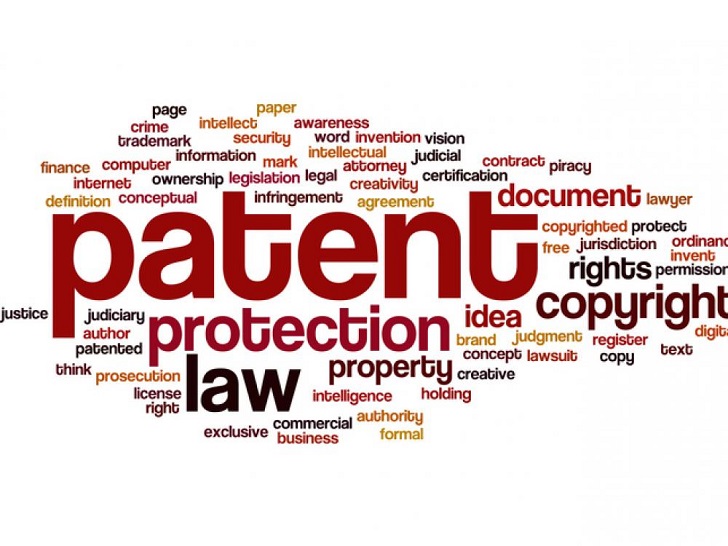Patents may be the most essential legal vehicle for protecting intellectual property rights. A patent grants the creator the exclusive right to prohibit others from commercially exploiting the idea for a certain time (20 years from the filing date). For an innovation to be patentable, it must be unique because it is not part of the previous art or, more broadly, not currently in the public domain.
A patentable innovation also must entail an inventive step, meaning that it must be non-obvious to a person with ordinary abilities in the particular field of application. To be patentable, the innovation must also be helpful; that is, it must facilitate the solution of a specific issue in at least one application.

What Is a Patent?
Inventors are given patents that give them the exclusive right to make and sell their inventions for a specified period. During this time, the innovator will be protected against competitors selling or manufacturing their product. Not only will the innovator get the exclusive right to manufacture the product, but they will also be able to license the concept to other firms through a licensing agreement.
In exchange for releasing the product’s specifics to the public, the patent holder is granted the authority to govern how their innovation must be manufactured, utilized, and marketed.
Benefits of Patents

The substantial growth and fuel contributed to economies, and public knowledge is one of the key reasons patents are considered advantageous. This is done during the research and development phases required to get one.
In pursuing a patent, many companies investigate what goods and services already exist, how they might be enhanced, and what new goods and services can be invented and copyrighted.
Even if an attempt to design something patentable fails, the education gained will likely be valuable for future patent applications. In any event, pursuing an innovation frequently contributes substantial information to the public domain.
Investment and economic growth
By capitalizing on the market potential of its ideas, a patent may assist a company’s growth. Small businesses may utilize patents to seek investment capital. In addition, patents support the expansion of national industry since enterprises with patents can attract foreign investment and manufacture exportable goods.
Profits from patent exploitation may be spent on more research and development, which may drive commercial and industrial expansion. Patents also assist businesses by facilitating the worldwide exchange of information through license agreements.

Advantages and disadvantages of Patents
Patents are exclusive legal rights granted to an inventor that prohibit others from benefitting from that inventor’s innovations. With a patent, only the creator may decide how their invention will be utilized. They can either provide licenses to third parties to exploit the idea or produce and sell it themselves. While this is typically favorable, patents have both benefits and drawbacks.
To get a patent, inventors must disclose the facts of their invention to the government and the wider public. Application for a patent might be difficult due to geographical constraints and expenses. Some established firms require patents because they may profit from acquiring exclusive legal rights to their products, designs, and ideas.
For small enterprises, start-ups, and single proprietorships, however, the expense and difficulty of acquiring a patent may be more hassle than it’s worth. Before beginning the patent application process, inventors must carefully weigh the benefits and drawbacks of patenting their inventions.




